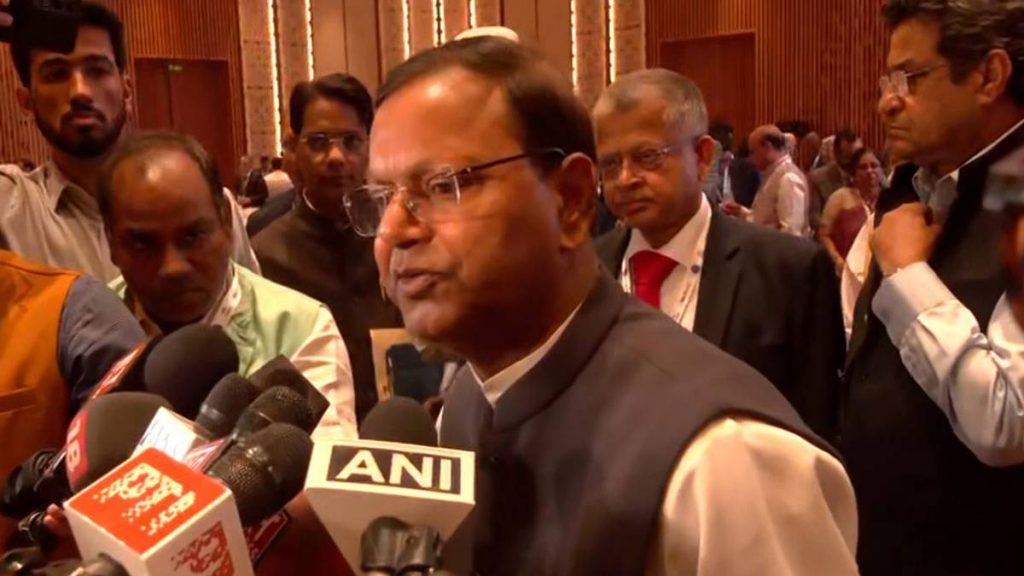India will conduct a thorough review to assess the impact of the 27 percent reciprocal tariffs imposed by the US on Indian exports, Union Minister of State for Finance Pankaj Chaudhary said on Thursday.
Speaking to reporters in New Delhi, Chaudhary emphasized that each country prioritizes its national interests, stating, “For Donald Trump, it’s America First, and for Modi ji, it’s India First. We will analyze the situation, assess its impact, and determine how to respond effectively.”
Industry body ASSOCHAM also weighed in on the development, with its president, Sanjay Nayar, suggesting that India may not be as severely affected compared to other Southeast Asian countries. “While the tariff rate seems high, in comparison to what other nations face, India is in a better position. This will likely lead to a major realignment in intra-Asia trade and supply chains. With the pharma sector exempt from tariffs, India’s overall exposure is somewhat limited. Now, Indian industries must focus on increasing efficiency and exploring ways to expand US market access,” she said.
On April 2, US President Donald Trump announced a broad imposition of tariffs on various countries. Earlier this year, Trump outlined a trade policy emphasizing fairness and reciprocity, stating that the US would impose tariffs matching those levied by other countries on American goods. He argued that these measures were necessary to counter unfair trade practices, including non-monetary barriers, subsidies, and VAT systems.
The new US tariffs target several major economies, with China facing a 34 percent tariff, the European Union 20 percent, Vietnam 46 percent, Taiwan 32 percent, Japan 24 percent, India 26 percent, the UK 10 percent, Bangladesh 37 percent, Pakistan 29 percent, Sri Lanka 44 percent, and Israel 17 percent.
Under the revised tariff structure, Indian exports to the US will be subjected to a 27 percent duty on steel, aluminium, and auto-related goods, while pharmaceuticals, semiconductors, copper, and energy products will remain exempt.
Economic experts have noted that the impact on India is mixed. While the relatively lower tariffs compared to China, Thailand, and Vietnam present an opportunity for Indian exports, they also create the possibility of intensified competition in other global markets as affected nations seek alternative trade routes.
India’s response strategy will likely focus on both mitigating trade disruptions and exploring avenues for stronger economic engagement with the US.
